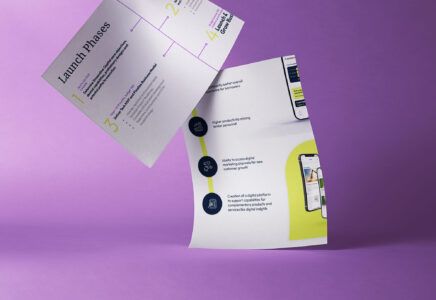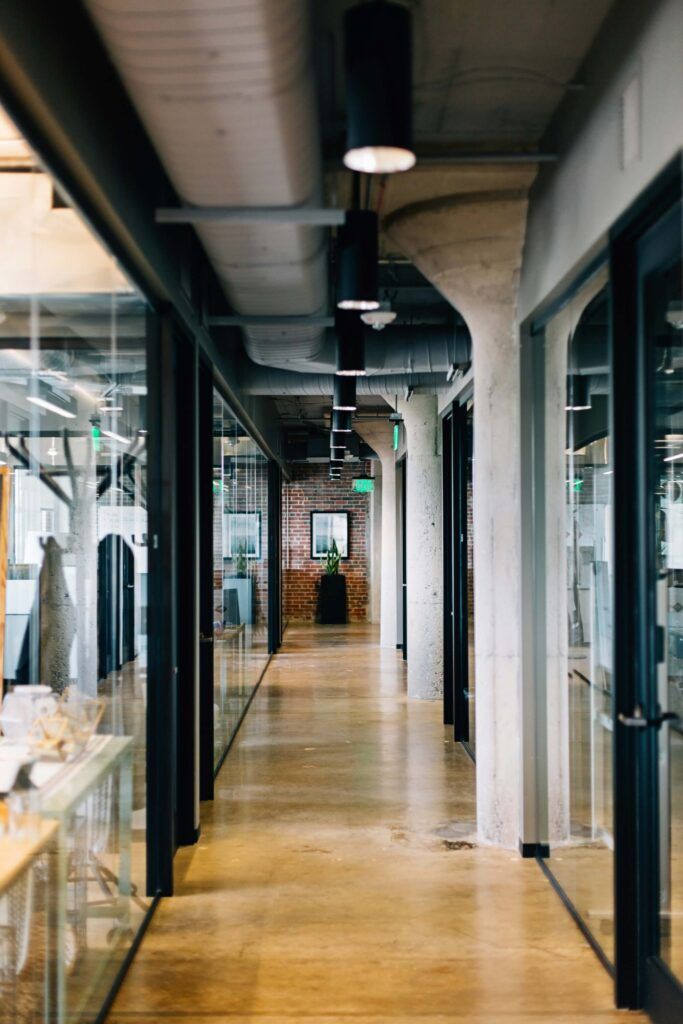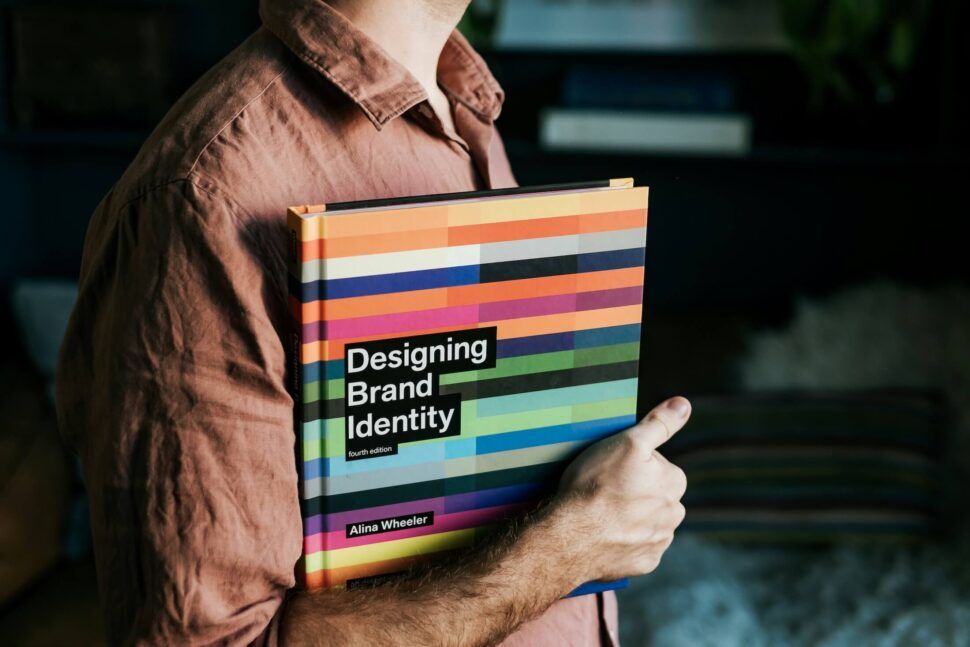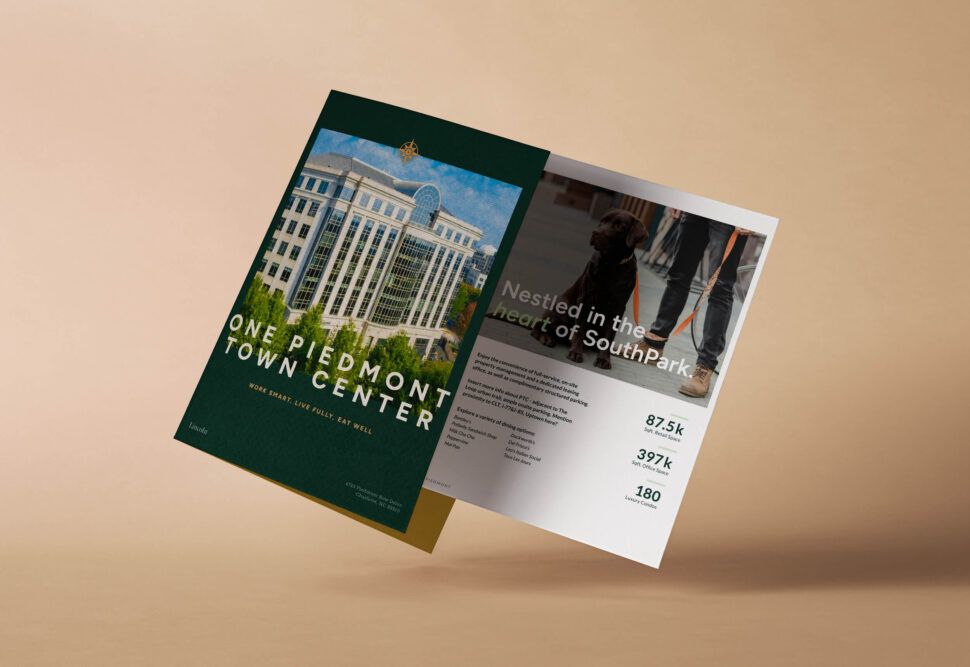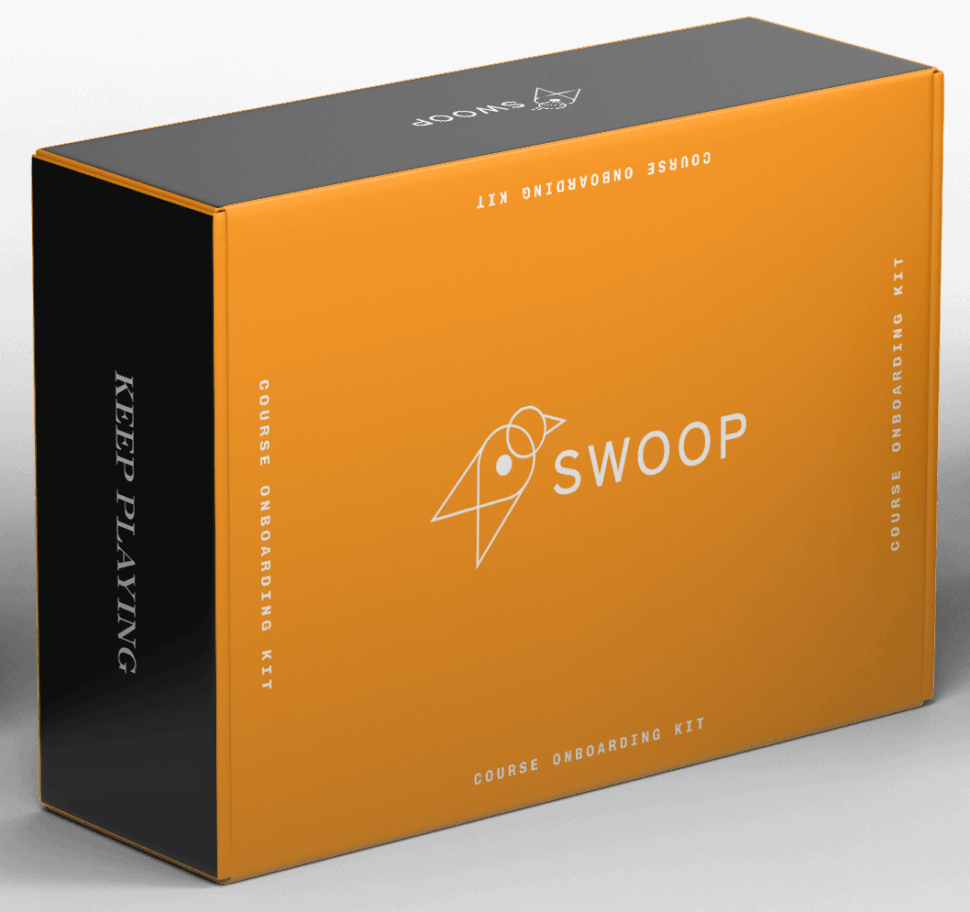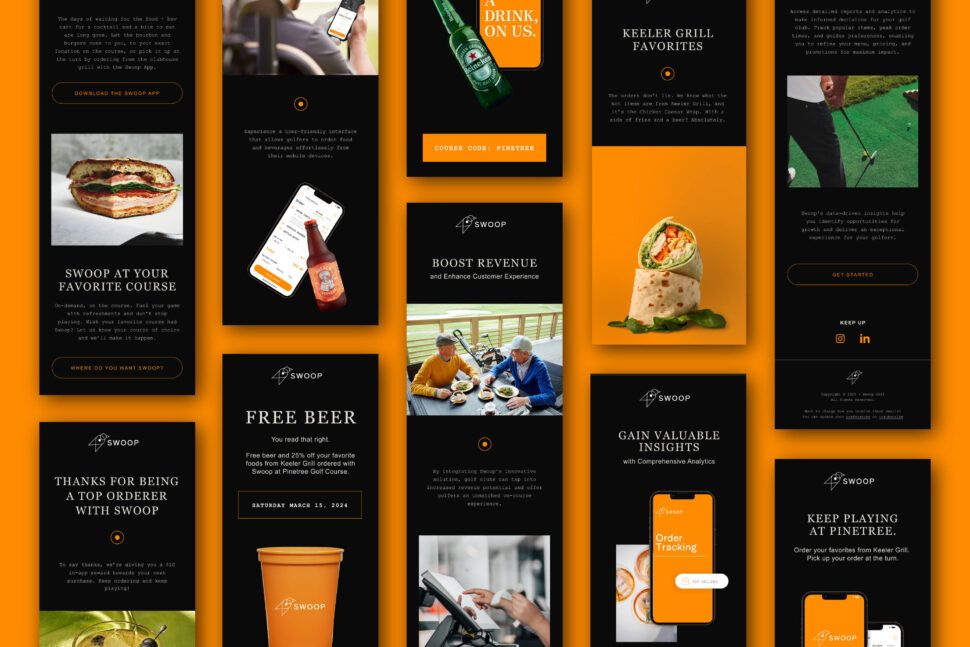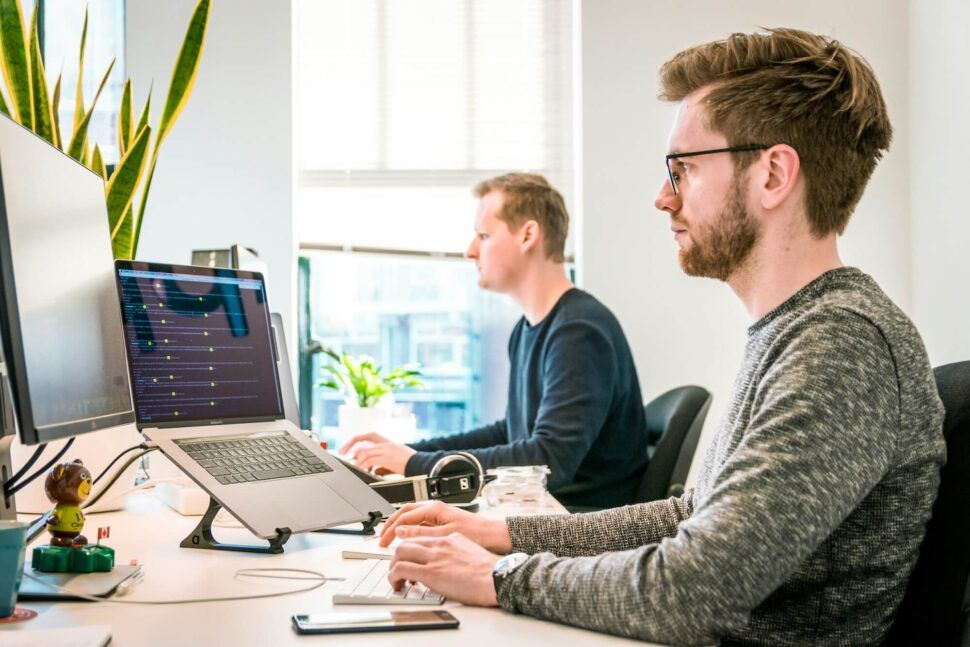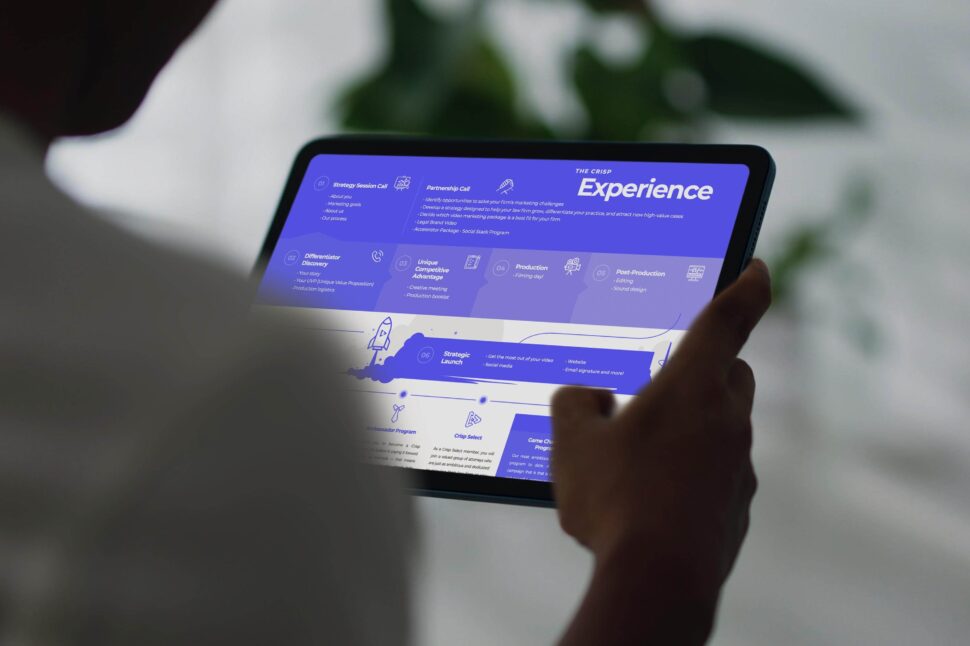October 10, 2025
The Importance of Time in the Creative Process: Why Patience Leads to Better Design
- Visual Soldiers
- Design
- minute read
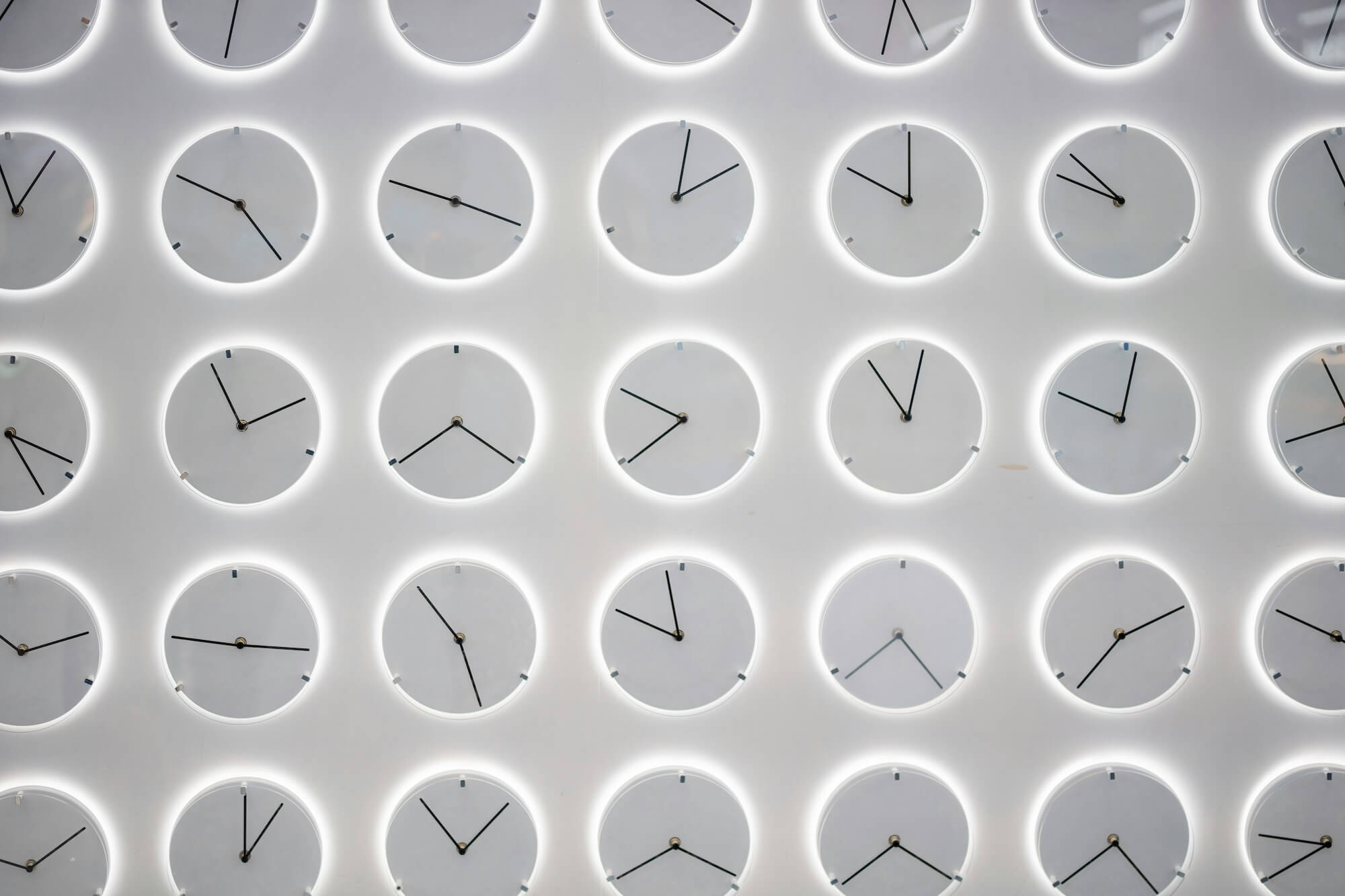
TLDR
Time is the secret ingredient behind exceptional design. When creatives slow down the process, they unlock deeper imagination, stronger collaboration, and higher-quality results. Rushed timelines may deliver faster outcomes, but they often limit originality and polish. By giving projects the time they deserve, designers can explore, iterate, and refine — turning good ideas into extraordinary ones. Embracing patience in the creative process isn’t inefficiency; it’s how meaningful, lasting design is made.
The pressure to produce swift results often overshadows the fundamental principles of creativity and thoughtful design. However, the magic of truly innovative outcomes often lies in the luxury of time. When designers allocate more time to their projects, they unlock an expansive realm of possibilities, allowing for exploration, refinement, and ultimately, creation of exceptional work that resonates. This article delves into the profound impact of giving design projects the time they deserve. By embracing a more deliberate approach, teams can foster a rich creative process that enhances collaboration, encourages experimentation, and leads to extraordinary results. Join us as we unpack strategies to shift the narrative from urgency to contemplation and discover how time can be the ultimate catalyst for creativity.
The Importance of Time in the Creative Process
Time is an invaluable asset that underpins the entire creative process. Unlike tasks that rely on routine and repetition, design thrives on innovation, which requires a substantial investment of time to foster original ideas. Time allows designers to delve into the depths of their imagination, exploring a wide array of concepts before settling on the most compelling one. This exploratory phase is crucial as it lays the foundation for creativity to flourish. When designers are rushed, they often resort to familiar patterns and solutions, stifling the potential for groundbreaking work. By contrast, ample time encourages risk-taking and experimentation, leading to more inventive and unique outcomes.
Moreover, time provides the necessary space for reflection and iteration. Initial ideas, no matter how promising, often benefit from revisitation and refinement. This iterative cycle is where the magic happens; initial drafts are critiqued, adjustments are made, and the design evolves into something far more sophisticated and polished. Without adequate time, this critical phase is truncated, resulting in designs that may lack depth and coherence. The iterative process is a testament to the belief that good design is rarely achieved in a single stroke but through persistent honing and perfecting.
Additionally, time is essential for engaging with the broader context of the design. Designers need to immerse themselves in research, understanding the target audience, cultural nuances, and the specific problems that the design seeks to address. This contextualization not only informs better design decisions but also ensures that the final product resonates with its intended users. Rushed projects often miss these subtleties, leading to designs that may be aesthetically pleasing but fail to connect on a deeper level. By granting more time, designers can produce work that is both beautiful and meaningful.
Understanding the Design Process: Stages and Timelines
The design process is a multifaceted journey that typically unfolds in several stages, each requiring its own allocation of time. The initial phase, often referred to as the discovery or research stage, involves gathering information and understanding the project’s scope. During this period, designers conduct market research, engage with stakeholders, and identify key objectives. This stage is foundational, as the insights gained here inform all subsequent decisions. Rushing through this phase can lead to a misalignment between the design and its goals, underscoring the importance of taking the time to thoroughly explore and understand the problem at hand.
Following the discovery phase is the ideation stage, where creativity truly begins to bloom. Designers brainstorm multiple concepts, sketch out ideas, and explore various directions. This is a time of free-flowing creativity where constraints are temporarily set aside to allow for the generation of a wide range of possibilities. Adequate time in this phase ensures that designers do not settle for their first ideas but push beyond to discover more innovative solutions. The ideation stage is crucial for uncovering the most promising concepts that will be developed further.
Once a concept is selected, the design moves into the development stage. Here, initial ideas are fleshed out into more detailed and refined versions. Designers create prototypes, gather feedback, and iterate on their designs. This stage is iterative and cyclical, often requiring multiple rounds of revisions and enhancements. Finally, the project enters the implementation stage, where the design is finalized and brought to life. Each of these stages is interdependent, and the quality of the final product is a direct reflection of the time invested in each phase. Skimping on time at any stage can compromise the overall integrity and effectiveness of the design.
The Impact of Deadlines on Creativity
Deadlines are an inescapable reality in the design world, and while they serve an important purpose in ensuring projects are completed, they can also have a detrimental impact on creativity. Tight deadlines often force designers to prioritize speed over quality, leading to rushed decisions and compromised outcomes. When the focus shifts to merely meeting a deadline, the creative process is truncated, and the opportunity for deep, thoughtful exploration is lost. This can result in designs that are functional but lack the innovation and originality that come from a more relaxed timeline.
The pressure of deadlines can also inhibit the iterative process, which is central to good design. Without sufficient time to refine and iterate, designers may be forced to submit their first drafts as final products. This not only limits the potential for improvement but also increases the risk of errors and oversights. Iteration is where many of the best ideas emerge and evolve, and without the luxury of time, this crucial phase is often cut short. The result is a design that may lack the polish and sophistication that comes from multiple rounds of refinement.
Furthermore, the stress associated with tight deadlines can stifle creativity by creating a high-pressure environment. Creativity thrives in a relaxed and open atmosphere where ideas can flow freely without the constraints of time. When designers are under constant pressure to deliver quickly, it can lead to burnout and a diminished capacity for original thinking. By giving projects more time, designers can work in a more balanced and mindful manner, leading to higher-quality work that truly reflects their creative potential.
At Visual Soldiers, we’ve seen firsthand how extended timelines in brand identity projects like StruXure or Swoop lead to more strategic creative outcomes.
Strategies for Managing Time Effectively in Design Projects
Effective time management is crucial for balancing the need for thoroughness with the demands of deadlines. One strategy is to set clear milestones and checkpoints throughout the project timeline. By breaking the project into manageable phases, designers can focus on achieving specific goals within each period. This approach not only keeps the project on track but also provides regular opportunities for review and feedback, ensuring that any issues are addressed promptly.
Another important strategy is to prioritize tasks based on their impact and urgency. Not all aspects of a design project carry the same weight, and some elements may require more time and attention than others. By identifying the critical components that will have the greatest influence on the final outcome, designers can allocate their time more effectively. This prioritization helps to ensure that the most important aspects of the project receive the necessary focus and refinement.
Collaboration and communication are also key to effective time management. Regular check-ins and open lines of communication among team members can help to identify potential bottlenecks and resolve issues swiftly. Collaborative tools and project management software can facilitate this process by providing a centralized platform for tracking progress, sharing updates, and coordinating efforts. By fostering a collaborative environment, teams can work more efficiently and make the most of the time available.
Balancing Speed and Quality: Finding the Right Approach
Finding the right balance between speed and quality is a perennial challenge in design projects. While the goal is to deliver high-quality work, there are often constraints that necessitate a faster pace. One approach to achieving this balance is to adopt an agile methodology, which emphasizes iterative development and continuous improvement. By breaking the project into smaller, manageable sprints, designers can focus on delivering incremental improvements while maintaining a steady pace. This approach allows for regular assessment and adjustment, ensuring that quality is not compromised in the pursuit of speed.
Another approach is to establish a clear set of quality standards and criteria from the outset. By defining what constitutes a successful outcome, designers can make informed decisions about where to invest their time and effort. This clarity helps to prevent unnecessary perfectionism and ensures that the focus remains on achieving the desired results within the available timeframe. Setting realistic expectations and being mindful of the scope can help to strike the right balance between speed and quality.
It is also important to recognize that not all projects require the same level of detail and refinement. Some projects may benefit from a more rapid, iterative approach, while others may necessitate a deeper, more deliberate process. By assessing the specific needs and goals of each project, designers can tailor their approach accordingly. Flexibility and adaptability are key to finding the right balance, allowing designers to deliver high-quality work while meeting the demands of their timelines.
The Role of Team Collaboration in Enhancing Creativity
Team collaboration plays a pivotal role in enhancing creativity and achieving outstanding design outcomes. When team members bring diverse perspectives and skills to the table, it enriches the creative process and leads to more innovative solutions. Collaborative brainstorming sessions can generate a wealth of ideas that might not emerge in isolation, and the exchange of feedback and critique helps to refine and improve those ideas. Effective collaboration fosters a dynamic and supportive environment where creativity can thrive.
Moreover, collaboration allows for the distribution of tasks and responsibilities, enabling team members to leverage their individual strengths. By working together, designers can tackle complex problems more efficiently and produce higher-quality work. Collaboration also promotes a sense of shared ownership and accountability, motivating team members to contribute their best efforts. This collective approach not only enhances creativity but also ensures that the final product benefits from the combined expertise and insights of the entire team.
Communication is a fundamental aspect of successful collaboration. Clear and open communication channels help to ensure that everyone is on the same page and that ideas and feedback are effectively shared. Regular meetings, both formal and informal, provide opportunities for team members to discuss progress, address challenges, and brainstorm new ideas. By fostering a culture of open communication and mutual respect, teams can create an environment where creativity is nurtured and valued.
Overcoming Common Time-Related Challenges in Design Projects
Design projects often encounter a variety of time-related challenges that can hinder progress and impact the quality of the final product. One common challenge is scope creep, where the project’s scope gradually expands beyond its original boundaries. This can lead to increased workload and extended timelines, making it difficult to deliver the project on time. To overcome scope creep, it is essential to establish clear project goals and deliverables from the outset and to monitor any changes closely. Regular check-ins with stakeholders can help to ensure that any adjustments are managed effectively and do not compromise the project’s timeline.
Another challenge is managing client expectations. Clients may have unrealistic expectations about the time required to complete certain tasks, leading to pressure to deliver quickly. Clear and transparent communication is key to managing these expectations. Educating clients about the design process and the importance of time for quality work can help to align their expectations with the realities of the project. Providing regular updates and involving clients in the review process can also help to build trust and ensure that they appreciate the time and effort being invested.
Resource constraints, such as limited team members or budget, can also pose time-related challenges. In these situations, it is important to prioritize tasks based on their impact and feasibility. Focusing on high-impact tasks and seeking efficiencies in the workflow can help to make the most of the available resources. Additionally, leveraging external resources, such as freelancers or specialized software, can help to alleviate some of the pressure and ensure that the project stays on track.
Conclusion: Embracing Patience for Creative Excellence
When speed and efficiency are prioritized, embracing patience in the design process can be a powerful catalyst for creative excellence. By giving design projects the time they deserve, designers can unlock their full creative potential and produce work that is both innovative and impactful. Time allows for thorough exploration, reflection, and iteration, enabling designers to refine their ideas and bring their vision to life in the most compelling way.
The benefits of extended timelines are evident in the success of numerous iconic projects, from the groundbreaking design of the iPhone to the architectural marvel of the Sydney Opera House. These examples demonstrate that the investment of time can lead to extraordinary results that stand the test of time. By adopting strategies for effective time management and fostering a collaborative and supportive environment, design teams can navigate the challenges of deadlines and resource constraints while maintaining a focus on quality and creativity.
Ultimately, the key to unlocking creativity lies in balancing the demands of speed with the need for thoughtful and deliberate design. By shifting the narrative from urgency to contemplation, designers can create work that resonates deeply and makes a lasting impact. Embracing patience and allowing time for the creative process to unfold is not just a luxury but a necessity for achieving design excellence. In doing so, we can elevate the standard of design and inspire a new generation of creative thinkers.
Great design isn’t rushed — it’s refined.
If your brand deserves thoughtful creative backed by strategy, let’s talk.
Book a Discovery Call